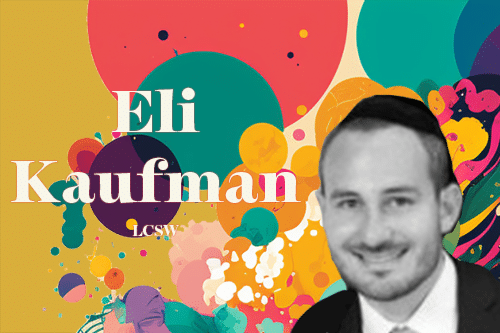CBT is only as effective as the tools you use. Clients need structured ways to track their thoughts, recognize patterns, and practice new skills between sessions. But let’s be honest—paper worksheets get lost, clients forget to fill them out, and tracking progress can feel like a hassle.
That’s where Reflective comes in. With digital, interactive worksheets, your clients stay engaged, their progress is easy to track, and your sessions become more productive. No more printing, scanning, or reminding clients to bring their assignments.
Here are five of the best CBT worksheets and assignments available in Reflective’s digital library, that will keep your clients on track and make your work easier.
1. Feelings Tracker: Helping Clients Identify and Understand Emotions
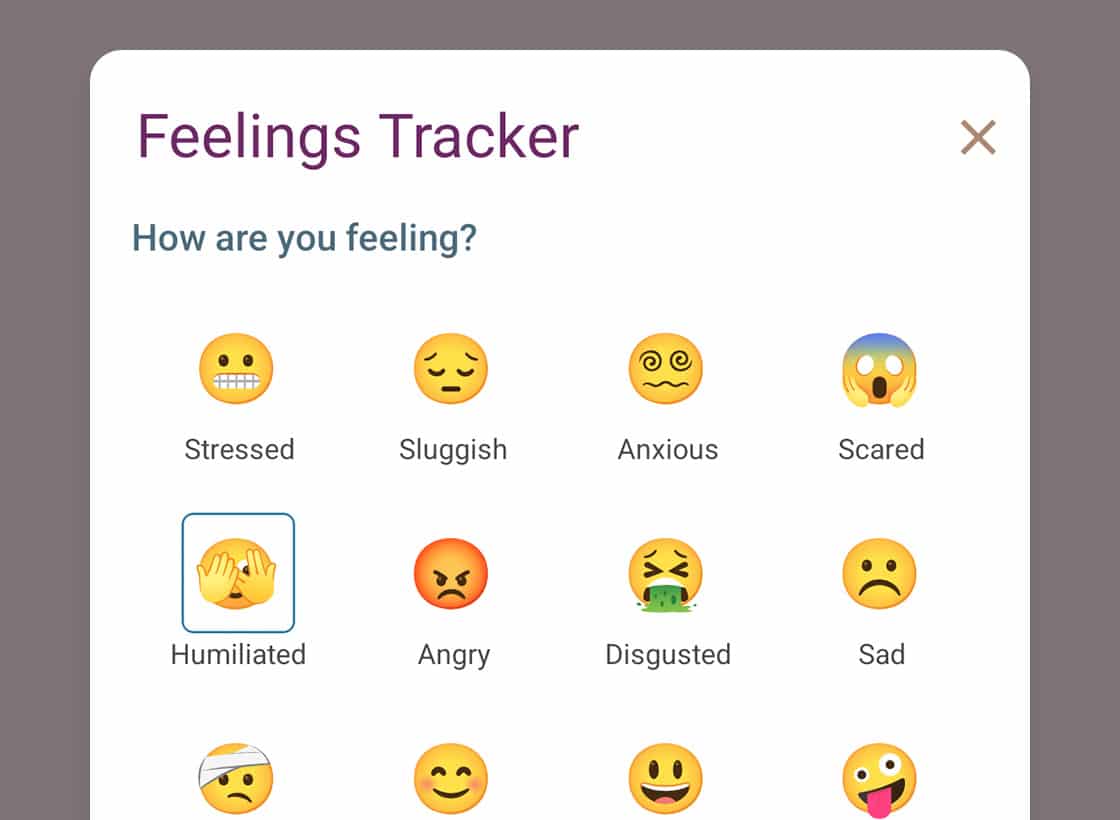
Why It Works: Clients often struggle to articulate their emotions or recognize patterns in their moods. A Feelings Tracker simplifies this process, encouraging clients to log their emotions and triggers throughout the day.
How It’s Easier in Reflective:
- Clients can log emotions in real time from their phone or computer.
- Progress is automatically saved and organized—no lost papers or forgotten assignments.
- You can review their logs before sessions, giving you deeper insight into their emotional patterns.
How to Use It in Therapy:
- Have clients track their emotions daily to build self-awareness.
- Review their entries together and look for recurring triggers or patterns.
- Use this data to introduce CBT techniques for regulating emotions.

2. Cognitive Distortions Infosheet: Helping Clients Recognize Unhelpful Thinking
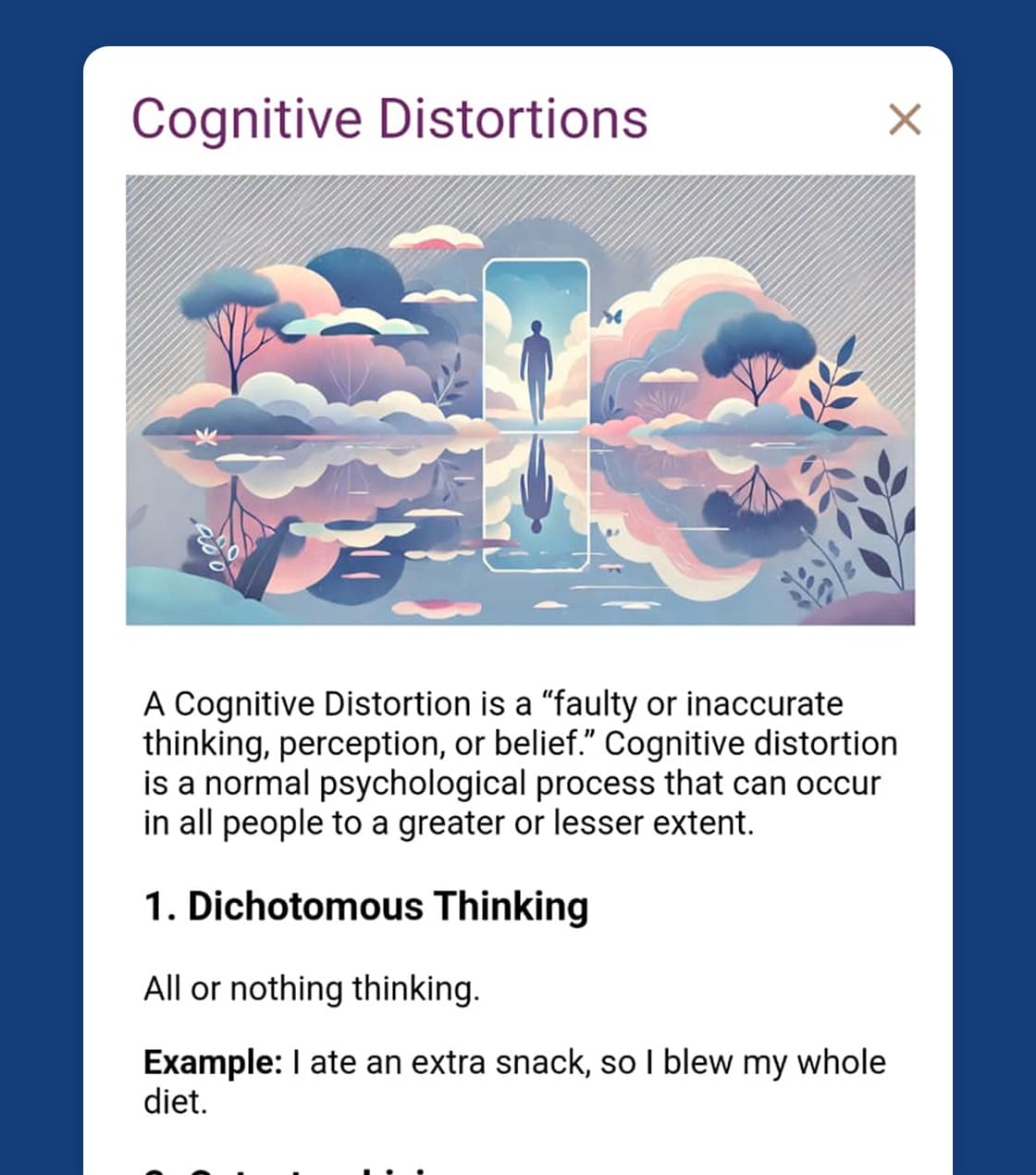
Why It Works: Clients often don’t realize when they’re engaging in cognitive distortions—automatic, irrational thought patterns that reinforce negative emotions. This informational resource provides clear definitions and examples of the most common distortions.
How It’s Easier in Reflective:
- Clients can reference the infosheet anytime on their device.
- Help them connect the material to their own thinking patterns.
- You can assign it before a session and see their responses in advance.
How to Use It in Therapy:
- Assign it as an introduction to cognitive distortions.
- Ask clients to highlight the distortions they relate to most.
- Use their reflections as a starting point for cognitive restructuring exercises.

3. The Cognitive Triangle: A Simple, Visual Way to Connect Thoughts, Feelings, and Behaviors (Free PDF)
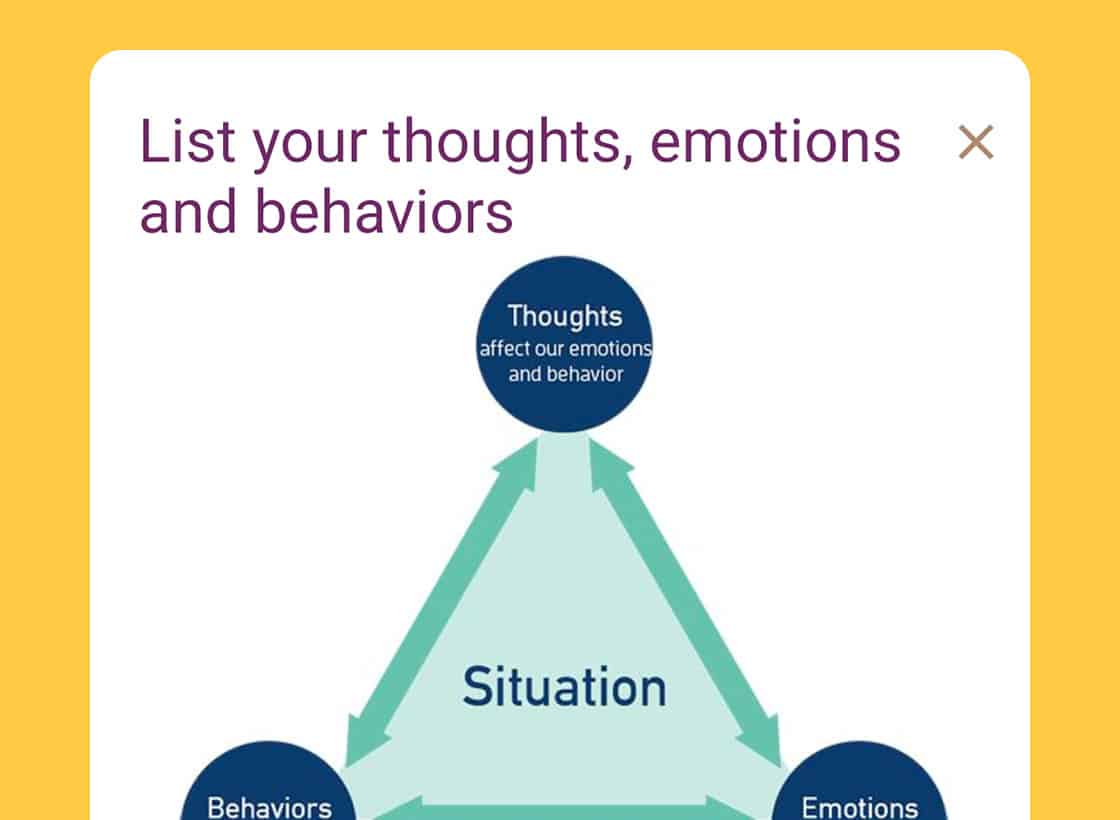
Why It Works: Clients often struggle to see how their thoughts influence their emotions and actions. The Cognitive Triangle is a simple yet effective way to help them visualize these connections.
How It’s Easier in Reflective:
- Clients can fill in the interactive diagram directly from their device.
- Responses are automatically saved and can be reviewed in-session.
- No need for clients to print or bring completed worksheets—everything is stored in one place.
How to Use It in Therapy:
- Have clients pick a recent situation and break it down into thoughts, feelings, and behaviors.
- Work together to see how shifting their thoughts might lead to different emotions and actions.
- Use this as a foundation for cognitive restructuring exercises.

4. Cognitive Restructuring: Teaching Clients to Challenge Unhelpful Thoughts
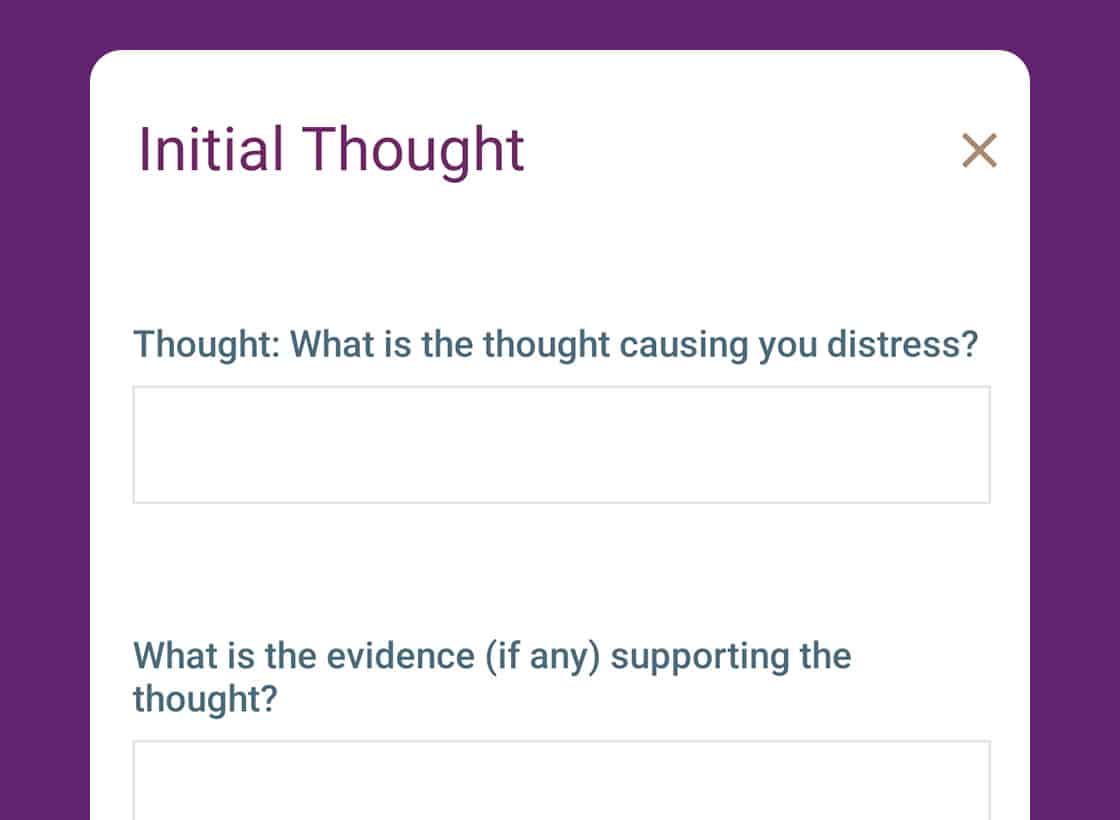
Why It Works: Once clients recognize their cognitive distortions, they need structured guidance on how to challenge and replace them. Cognitive Restructuring helps them do just that.
How It’s Easier in Reflective:
- Clients can work through each step interactively, with guided prompts.
- Their responses are saved, allowing you to track progress over time.
- You can provide real-time feedback or discuss their answers in the next session.
How to Use It in Therapy:
- Have clients write down an unhelpful thought they experienced that week.
- Guide them through examining the evidence for and against it.
- Help them find a more balanced alternative thought.

5. Thought Records: A Daily Practice for Strengthening CBT Skills
Why It Works: For CBT to be effective, clients need to apply its principles consistently. Thought Records provide a structured way for clients to track their thoughts, emotions, and behaviors over time, reinforcing what they learn in therapy.
How It’s Easier in Reflective:
- Clients can log their thoughts and reflections anytime, anywhere.
- Entries are automatically saved and can be reviewed before or during sessions.
- You can track progress and identify patterns over time.
- Traditional thought record too much? Configure it in Reflective to hide fields and rename labels.
How to Use It in Therapy:
- Ask clients to fill out a Thought Record whenever they experience distressing emotions.
- Use their entries to identify recurring thought patterns and introduce alternative perspectives.
- Over time, help clients develop the habit of automatically challenging unhelpful thoughts.

Make CBT Easier—For You and Your Clients
CBT works best when clients actively engage with it between sessions. But outdated paper worksheets make that difficult.
With Reflective, clients complete assignments digitally, stay accountable, and arrive at sessions more prepared. No more lost worksheets, forgotten homework, or wasted time reviewing what was supposed to be done last week. Everything is stored in one place, ready whenever you need it.
 Want to take your CBT skills even further?
Want to take your CBT skills even further?
Join our free Introduction to CBT course for therapists—a practical guide to using CBT effectively in your practice.
Ready to enhance your patient experience? Start using Reflective today.



